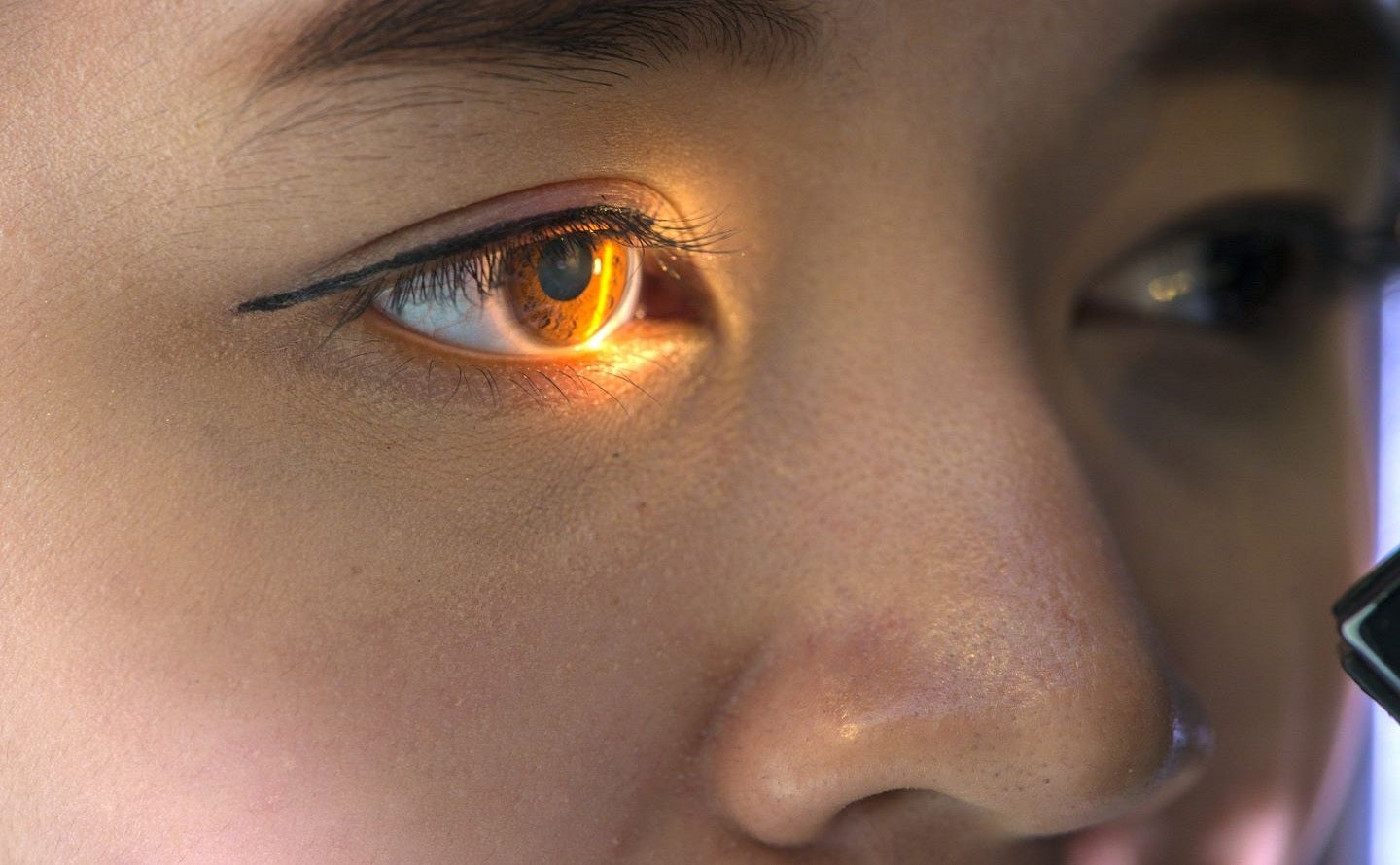
Ashvattha Therapeutics has dosed the first patient with subcutaneously administered anti-angiogenic therapeutic, D-4517.2, in a Phase II chronic dosing study to treat wet age-related macular degeneration (AMD) and diabetes macular oedema (DME).
The open-label trial is designed to assess the efficacy and safety of chronic D-4517.2 dosing in patients with DME and wet AMD.
At least 20 subjects with wet AMD or DME will be enrolled in the trial and will serve as their own control.
For determining the time to return of fluid in each subject in a controlled setting, participants will initially receive only aflibercept, an anti-VEGF agent administered through intravitreal injection.
Subjects will be concurrently given both aflibercept and D-4517.2 after the fluid returns to baseline levels.
They will be administered D-4517.2 through subcutaneous injections every two to four weeks for a period of up to 40 weeks.
How well do you really know your competitors?
Access the most comprehensive Company Profiles on the market, powered by GlobalData. Save hours of research. Gain competitive edge.

Thank you!
Your download email will arrive shortly
Not ready to buy yet? Download a free sample
We are confident about the unique quality of our Company Profiles. However, we want you to make the most beneficial decision for your business, so we offer a free sample that you can download by submitting the below form
By GlobalDataThe trial’s primary objectives are to assess the tolerability and safety of several subcutaneous doses of D-4517.2 and the ability of different dose regimens to maintain the central subfield thickness (CST) and best-corrected visual acuity (BCVA) after a single intravitreal aflibercept dose
Ashvattha Therapeutics CEO and chairman Jeff Cleland said: “We believe that D-4517.2 will extend the time between anti-VEGF treatments, thereby reducing the anxiety patients typically experience with intravitreal injections and also lessening the burden of frequent office visits.
“Furthermore, subcutaneous administration of D-4517.2 doses both eyes at the same time, increasing the potential benefit for the 40-50% of patients with bilateral disease.”
D-4517.2, a hydroxyl dendrimer VEGFR tyrosine kinase inhibitor, is designed to cross the blood-retinal barrier and selectively target activated macrophages, microglia and hypertrophic retinal pigment epithelial cells in the eye.



